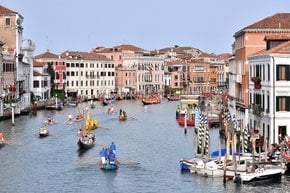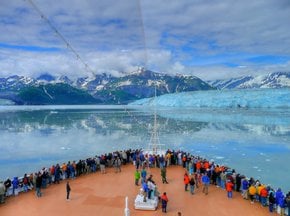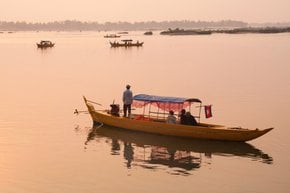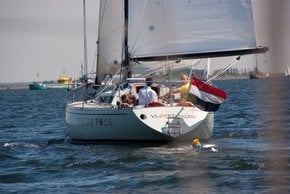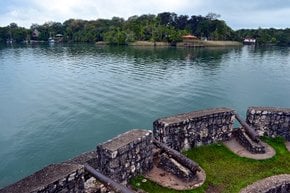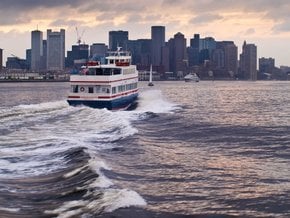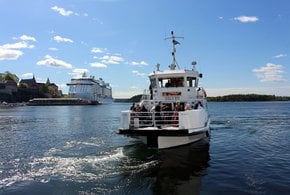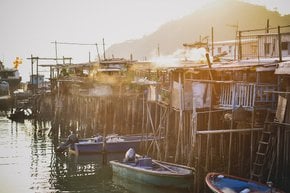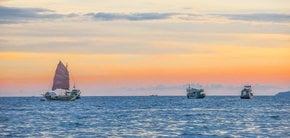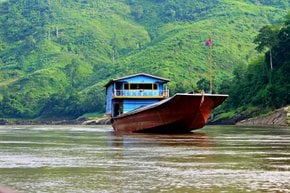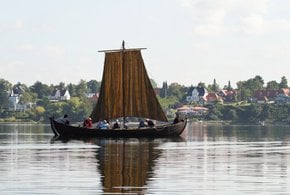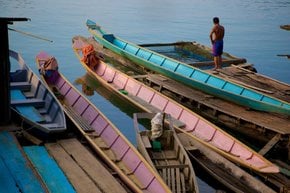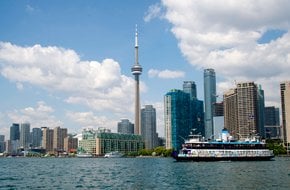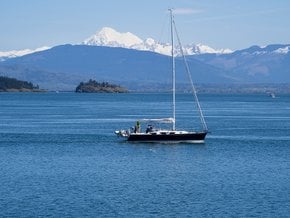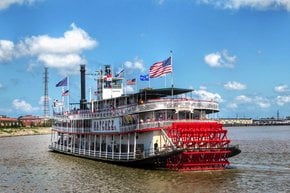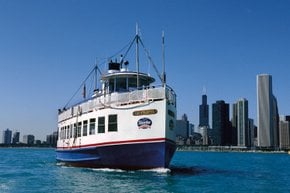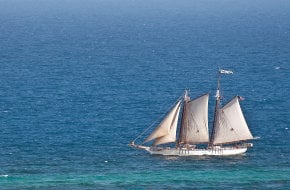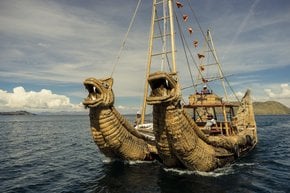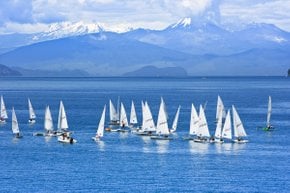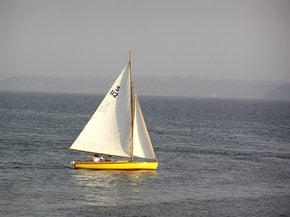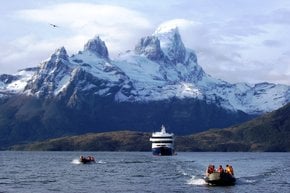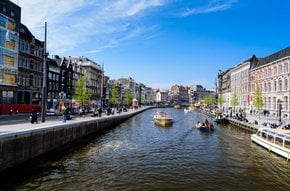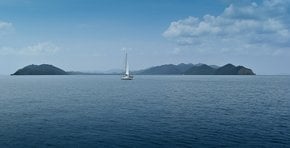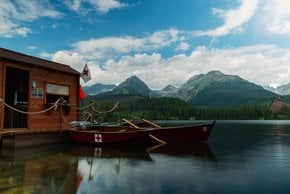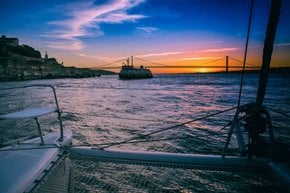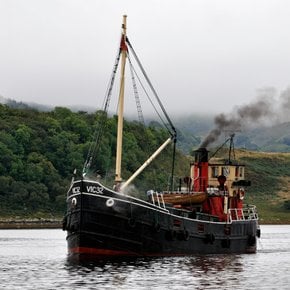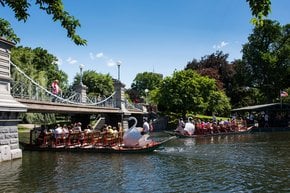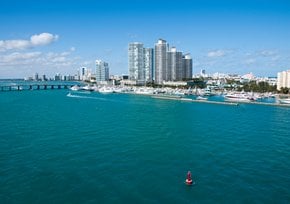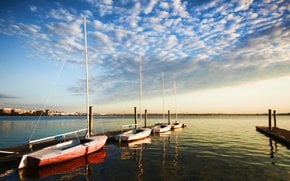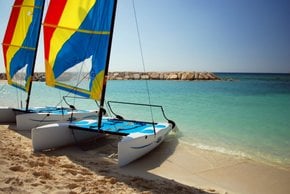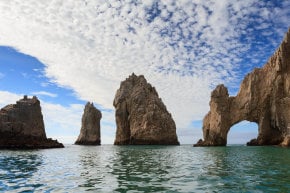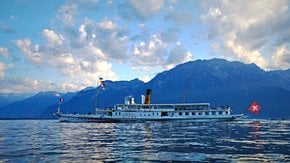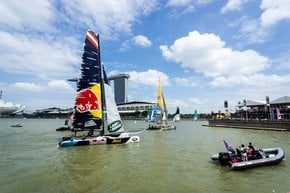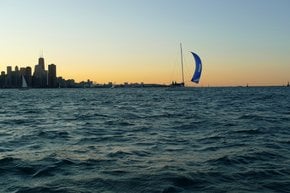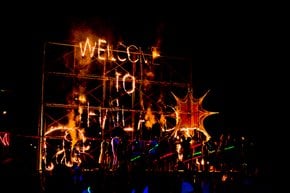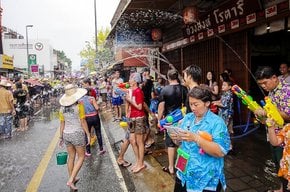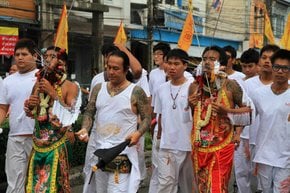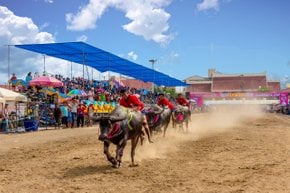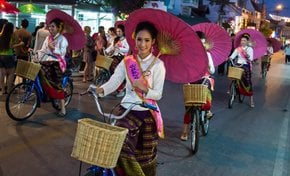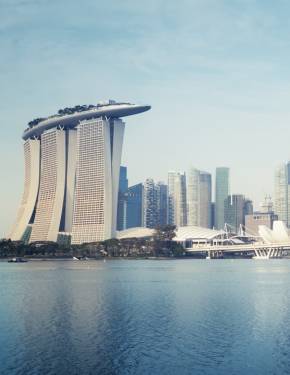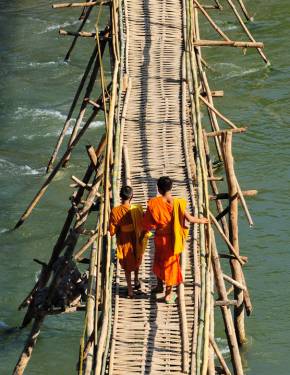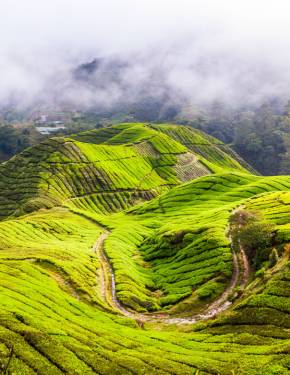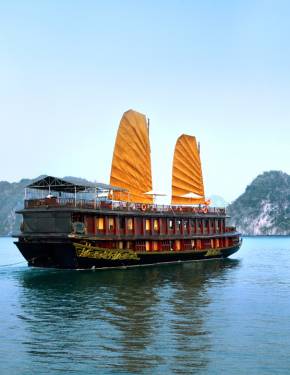Sailing in Thailand 2025-2026
Weather conditions in Thailand are geographically divided by two monsoons. Therefore, sailing is available year-round but in different regions
Best time: November–December | March–April
Thailand, situated near the equator and outside the cyclone-prone areas of the Pacific and Indian Oceans, offers year-round sailing opportunities. The climate is primarily characterized by two distinct seasons: the rainy season, driven by the southwest monsoon, and the dry season, influenced by the northeast monsoon. While the seasonal winds are generally predictable, sudden changes in wind patterns can lead to rapid shifts in weather conditions.
Best Time for Sailing
Northeast Monsoon Season
The northeast monsoon, or dry season, spans from November to April, bringing stable winds from the northeast at speeds of 5 to 20 knots (1 knot = 1.852 km/h). During this period, temperatures typically hover around 30°C, and the weather is consistently dry and sunny, creating ideal sailing conditions. This season is also the only time to visit the Similan Islands. However, in January and February, the winds can be weak, necessitating the use of boat engines for those sailing during these months.
Southwest Monsoon Season
The southwest monsoon, or rainy season, runs from May to October, characterized by winds from the southwest ranging between 10 and 30 knots. This period offers stronger winds and often better sailing conditions compared to the dry season. However, it also brings frequent rain, typically lasting 1 to 2 hours in the afternoon or early evening. However, longer periods of rain can occur, especially in September and October, where it may rain for up to 5 consecutive days. Anchoring on the west coast of Phuket is not advisable due to prevailing conditions; instead, it's better to anchor on the east side of the islands or in sheltered bays. Sailing is possible in areas like Phang Nga Bay and down to Koh Phi Phi, even in strong sea conditions. Note that the Similan Islands are closed to visitors during this time.
Safety Tips
Navigating Thai waters requires careful attention, particularly in areas where sea charts may lack detail. Use GPS and chart plotters as supplementary tools, but rely on paper sea charts for accuracy, especially in shallow or hazardous areas. Night sailing is prohibited in Thai and Malaysian waters; ensure you reach your anchorage by 4 pm, as daylight typically lasts from 6 am to 6 pm. Plan your trips to accommodate these constraints. Visibility diminishes at dusk, so be cautious. The west coast of Thailand is dotted with fishing nets, some marked by flags and others not. Nets are often located in depths of 20 to 100 feet (6-30 meters). Small fishing boats, which often carry nets, can signal their presence. Nets are usually positioned on the seabed to avoid contact with passing boats. Avoid sailing close to large trawlers, as they may have nets attached, and never sail between trawlers towing nets. Always maintain a safe distance from potential hazards.



